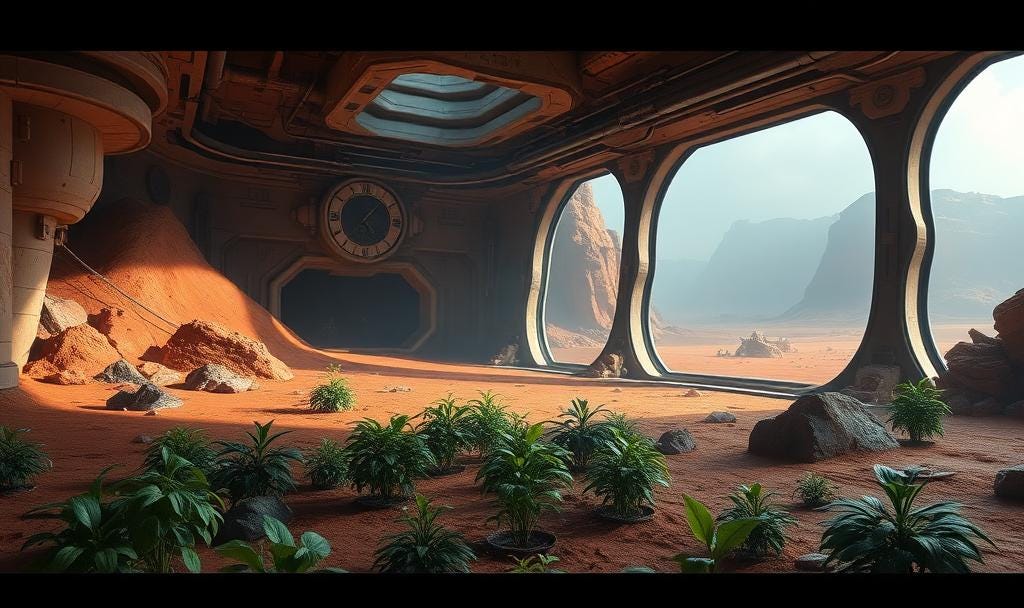The prospect of cultivating crops beyond Earth's confines is no longer confined to science fiction. As humanity sets its sights on sustained lunar presence and eventual Martian exploration, extraterrestrial agriculture emerges as a pivotal enabler. This field, blending advanced life-support systems with resource utilizat…
Keep reading with a 7-day free trial
Subscribe to The Journal of Space Commerce to keep reading this post and get 7 days of free access to the full post archives.



